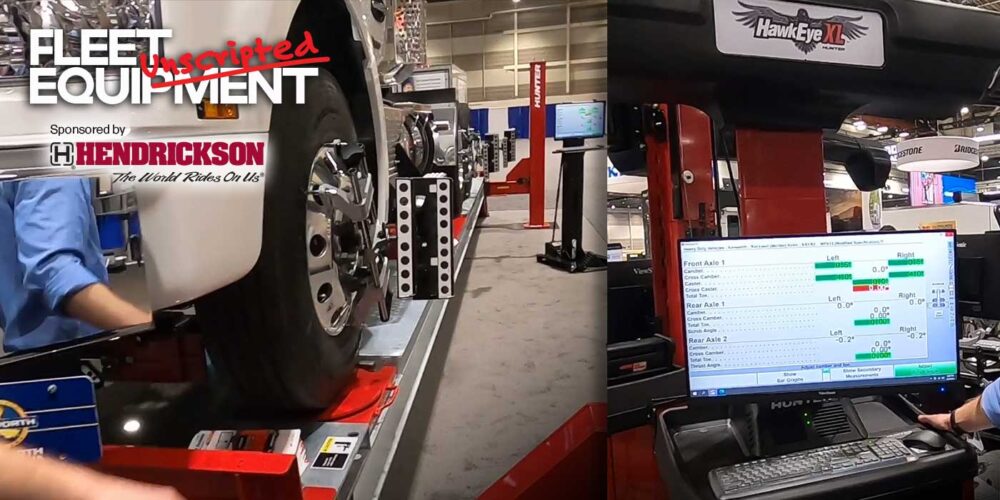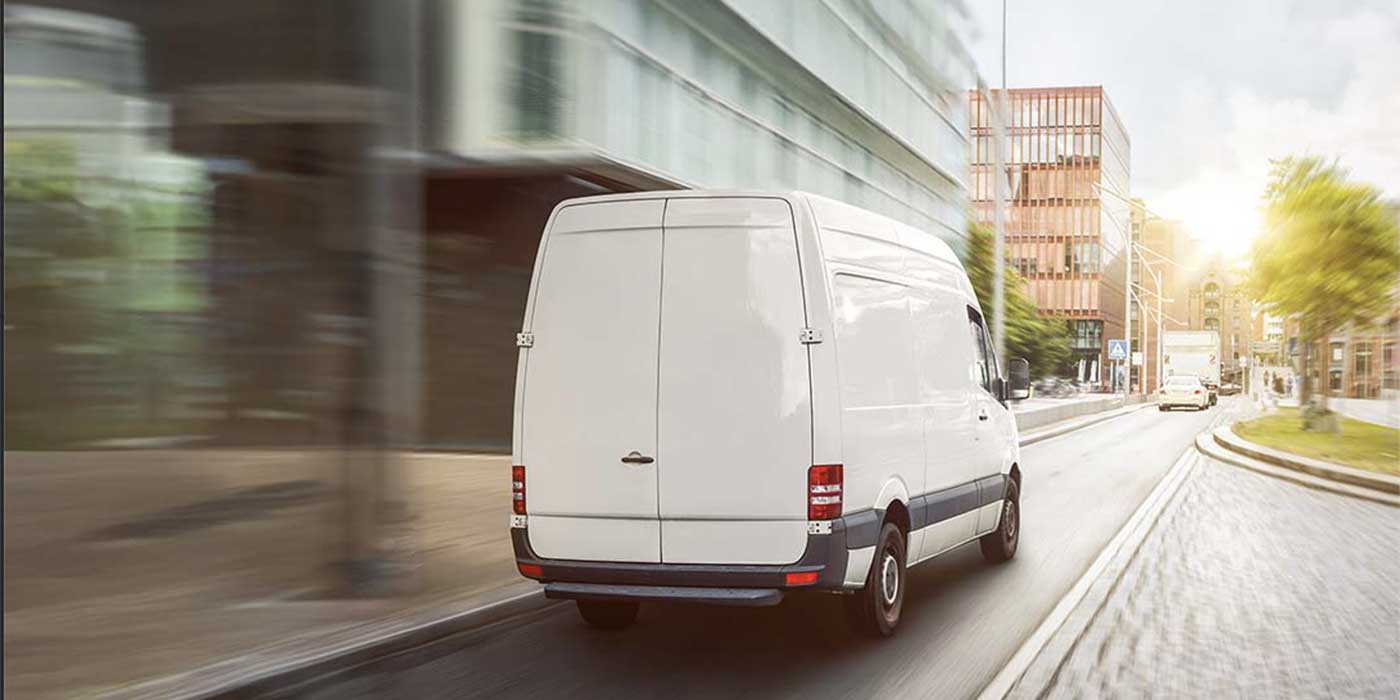One of the biggest challenges in deploying EV charging infrastructure is the meticulous planning and scalability required. It means understanding of the energy requirements of EVs, talked about in kilowatts (kW) and kilowatt-hours (kWh) not gallons and MPG, and crafting an infrastructure capable of supporting both present and future fleet demands. A fleet might start with five or 10 battery electric trucks, but that’s just the beginning. The necessity of scalability cannot be overstated. As the number of EVs within a fleet grows, so too must the charging infrastructure, accommodating expansion without necessitating costly upgrades.
“It is important to start thinking about charging infrastructure needs for several years out,” said A.J. Palmisano, director, EV charging and infrastructure, International Truck and IC Bus. “Think about it this way: If you were going to tear up your kitchen, and you were going to put in one outlet, would you then go back the next year to put in another outlet and do it again the following year? No, you want to put all the outlets in at one time. Same thing with EV infrastructure–you want to run the conduit all at one time, for example. You don’t have to buy every lamp right now or every fixture for your kitchen, but you do want to have the outlets available.”
You might not have 50 battery electric trucks rolling into your fleet this year, but that’s the goal in the near term. The complexity of establishing a comprehensive charging network underscores the value of strategic partnerships among fleets, infrastructure providers, utility companies and technology firms. These collaborations are vital, pooling expertise to mitigate implementation challenges and hasten the shift towards electric transportation. OEM partners like Navistar can be instrumental, offering guidance through the planning, installation, and optimization stages of infrastructure development.
“We would definitely encourage fleets to talk to us first,” Palmisano said. “Everything’s evolving; it’s evolving very quickly. It’s interesting, and we hear about things changing every two, three, four months. We take a consultative approach. For example, we work with people to right-size the chargers and install the right number of chargers. It’s less expensive to install them overall if they’re smaller. Let us help you walk through it because it’s something we do every day, and we love to do it.”
Watch the video for a conversation with Palmisano to learn more about the challenges that face EV infrastructure deployment and how International Trucks works through those challenges to bring EVs to fleet applications.













